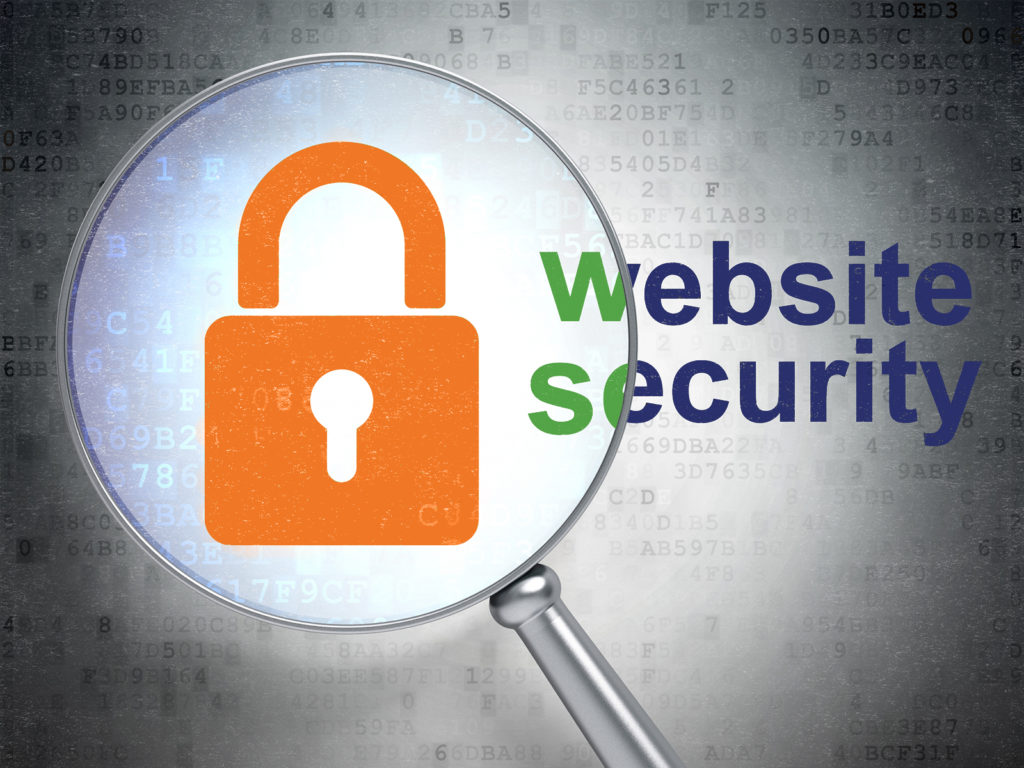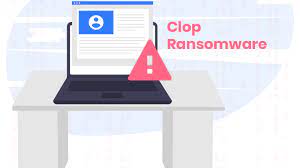
Artificial Intelligence, It’s here to stay !
Artificial Intelligence (AI) has been one of the most transformative technologies of the modern age. It comprises a broad range of technologies that are capable of performing tasks that would otherwise require human intelligence, such as image recognition, natural language processing, and decision-making. While AI has the potential to revolutionize various industries and improve our lives, it also poses significant risks to individuals and society as a whole.
In this post, I’ll explore some of the dangers associated with AI and how they could impact our lives in the future.
Lack of Accountability:
One of the primary concerns with AI is the lack of accountability. AI systems are only as good as the data they are trained on, and if that data is biased or flawed, the AI system will produce biased or flawed outcomes. However, there is no one to hold accountable for these outcomes since AI operates autonomously. This lack of accountability can have severe consequences, such as perpetuating social injustices.
Moreover, AI algorithms can also reinforce existing biases and create new ones. For instance, algorithms can be trained to analyze job applications, and if the data used to train the algorithm is biased, it can lead to discrimination against certain groups of people. Therefore, it is essential to ensure that AI algorithms are transparent, explainable, and accountable.
Autonomous Weapons:
Autonomous weapons, such as drones and robots, are another area of concern when it comes to AI. These weapons can operate without human intervention, which means they can make decisions that could have disastrous consequences. For example, an autonomous weapon may misidentify a target, leading to the death of innocent civilians. Additionally, once these weapons are deployed, they are challenging to recall, making them even more dangerous.
Furthermore, the development of such weapons can lead to a new arms race, wherein countries will try to outdo each other in terms of AI weapons. This could lead to a world where countries are constantly trying to outdo each other in terms of weapon development, leading to increased tensions and conflicts.
Job Displacement:
AI has the potential to automate many jobs that are currently performed by humans. While this may lead to increased efficiency and productivity, it could also result in significant job displacement. This displacement could lead to widespread unemployment, which could have negative consequences for individuals and society as a whole. Additionally, AI could exacerbate income inequality, as those with the skills to work with AI systems will likely earn higher salaries than those who do not.
Furthermore, the automation of jobs could lead to a situation where certain skills become obsolete, and there is no demand for them. This could lead to a situation where people need to re-skill themselves, which could be challenging for many people.
Conclusion:
AI has the potential to revolutionize various industries, but it also poses significant risks to individuals and society. The lack of accountability, autonomous weapons, and job displacement are just a few of the dangers associated with AI. It is essential to address these concerns now to ensure that we can reap the benefits of AI while minimizing its risks.
Therefore, policymakers, developers, and stakeholders must work together to ensure that AI is developed in a responsible and ethical manner. This includes ensuring that AI systems are transparent, accountable, and free from bias. Additionally, it is crucial to prepare for the impact of AI on jobs and ensure that individuals are equipped with the necessary skills to thrive in a world where AI plays an increasingly significant role.
In conclusion, AI is a powerful technology that could have a significant impact on our lives. Therefore, it is essential to approach its development with caution and ensure that we address the risks associated with it. Only then can we benefit from its potential while minimizing the dangers it poses.
What are your feelings about the new area of AI ? Post your comment(s) below and we’ll have some discussions.










